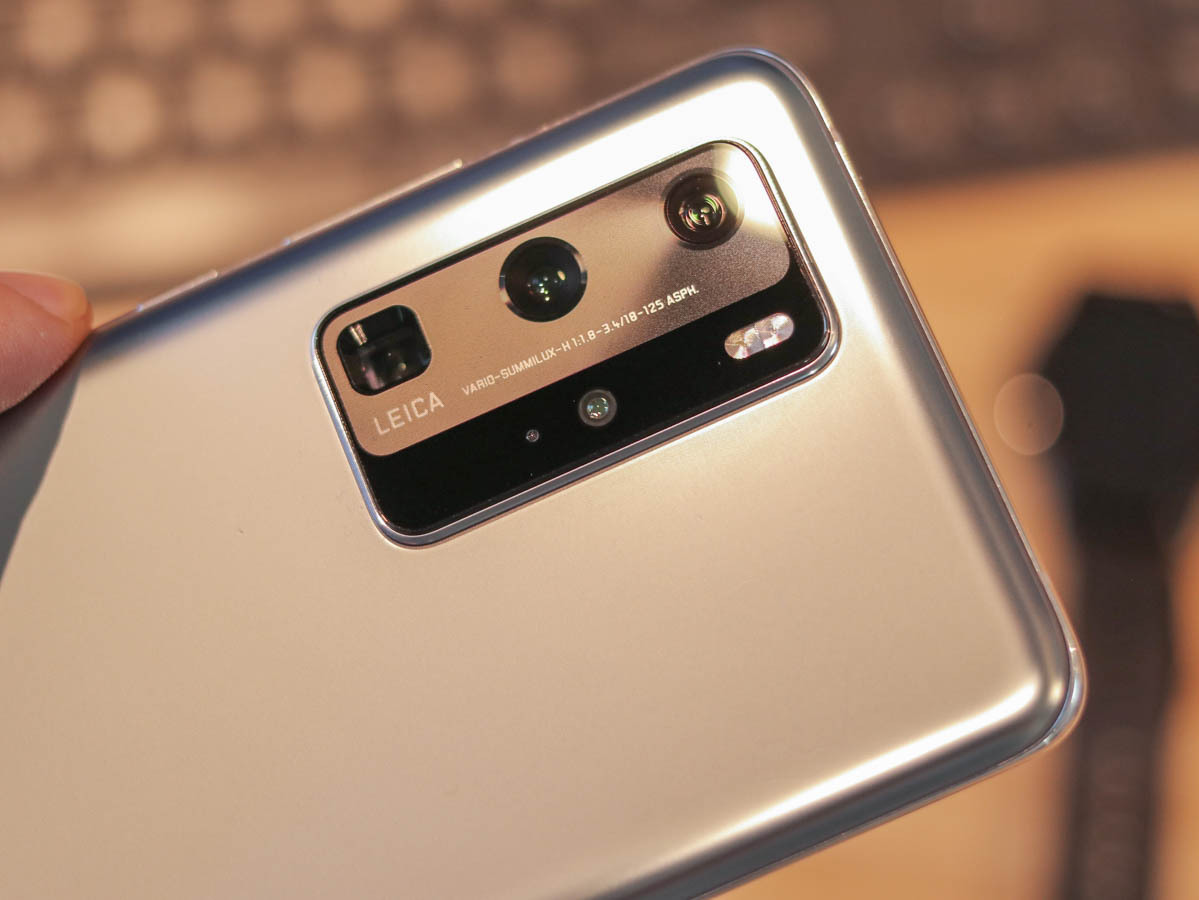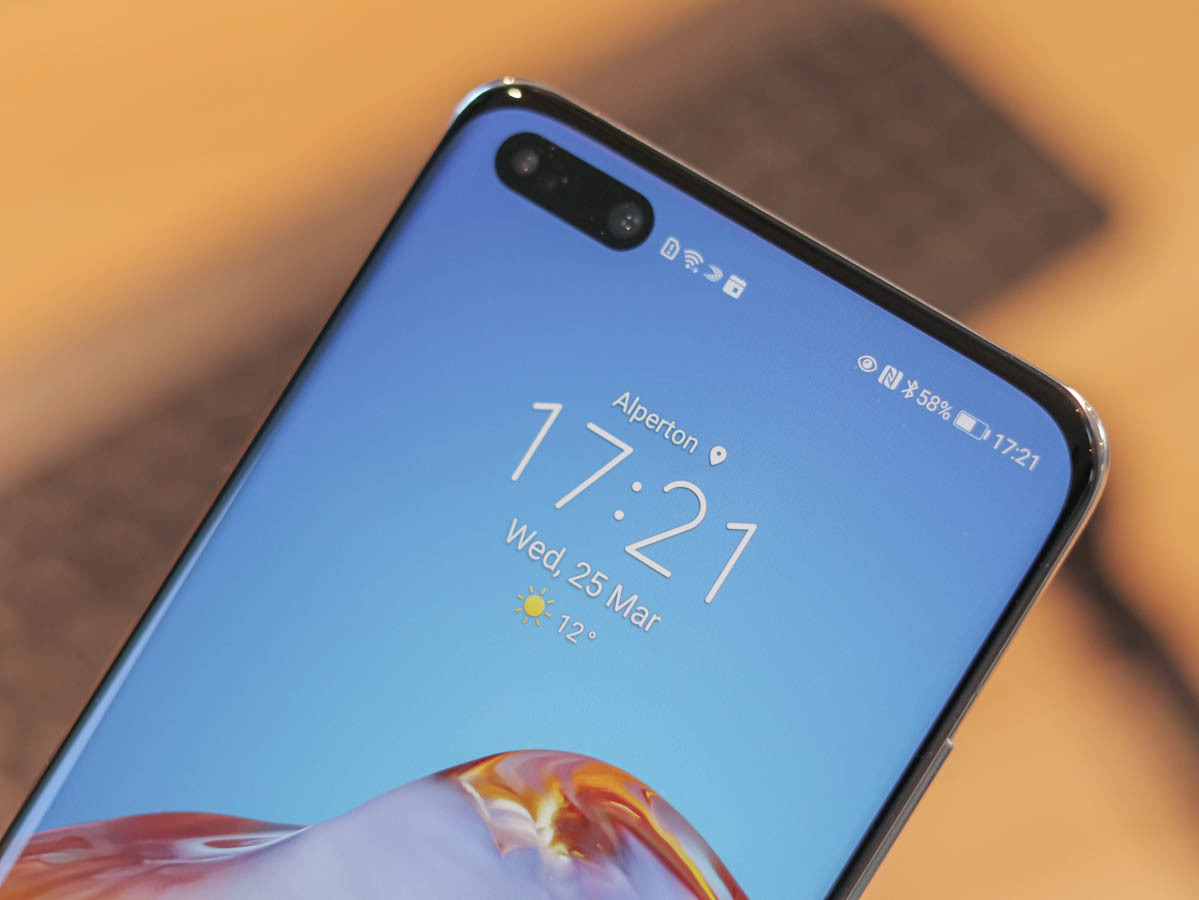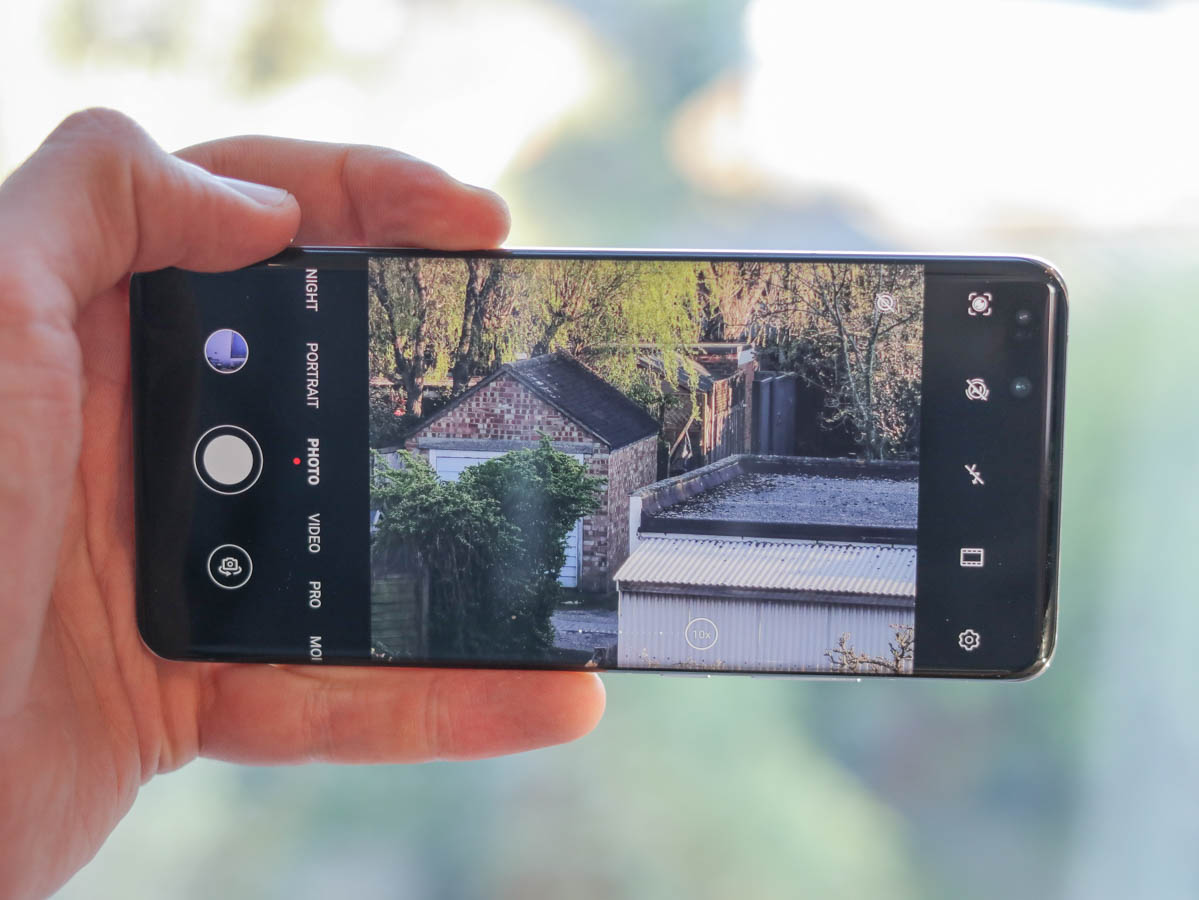Huawei P40 Pro hands-on review | Stuff
Mục lục bài viết
Camera: The inner light
The camera has recently been Huawei’s crowning jewel, taking a slightly different approach to image processing than its competitors. Keen to accelerate what is already a tech-packed powerhouse, Huawei has turned its focus from zooming, to borrowing the ethos of basically every photography manufacturer ever and working out how to, ‘harness the light’.
How to do this? It’s all about the sensor. Huawei has completely redesigned the sensor for maximum light intake, higher dynamic range and lower noise. It’s more than double the size of the P30 Pro, with a 1/1.28in Type 50MP RYYB sensor matching most compact cameras.
A high definition image engine should mean that when you take a photo and zoom in on any section it’ll be sharp and detailed. Does it work? In short, yes. Take a portrait as we did and you can zoom in and see individual eye lashes. However, as we’ve seen with Huawei before, AI can oversharpen images and smooth out skin tone, which isn’t always the desired effect.
The P40 Pro consists of a 12MP 5x telephoto lens, f/3.4 OIS, 50MP wide-angle lens f/1.8, OIS, 40MP ultra wide-angle cine lens, f/1.8, plus a ToF lens for depth sensing. There’s a 32MP front-facing camera and my word does the high definition image engine come into play there. I could see every single pore on my very face, plus a teeny splodge of moisturiser cream my eyes missed in the mirror.
If the P30 Pro was the best zoom camera on a smartphone, the P40 Pro continues that trend, plus a whole host of other skills which we’ll be reviewing over the next few weeks. It reads like a checklist where every single possible photography situation is catered for.
The Kirin 990’s neural processing helps out with imagine stacking, sharpness, optimisation for different environments and high dynamic range.
As well as all the usual smash hits, AI is capable of some bonus tricks too. A favourite is ‘Eliminate Passersby’ – unfortunately, this doesn’t mean zapping them into an alternate universe, but you can remove them from the background of your photo without taking a step a near Adobe Photoshop. So long photo bombers!
There’s also ‘Eliminate Reflections’, which is handy for shots out of plane windows, but not so good for showing off your new creps in a carefully curated full-length mirror selfie.
Plus, capture motion in a similar vein to Samsung’s One Shot, where you’ll be served a 12MP ‘best shot’ from the 40 takes both before and after you press the shutter. Whether you trust AI to choose the best one is up for debate. It’s also a bit of an action junkie with super steady telephoto video with both AIS and OIS for long range shooting, and can shoot 4K at 60fps.
Although it’s too early to form a full opinion on the camera, it’s an absolute beast and we can’t wait to try it out in more scenarios. Our biggest fear is it might be over complicated, as there seems to be so many options and ways to tweak settings, and that’s before you reach the slightly daunting ‘more section’ at the bottom of the camera app.














